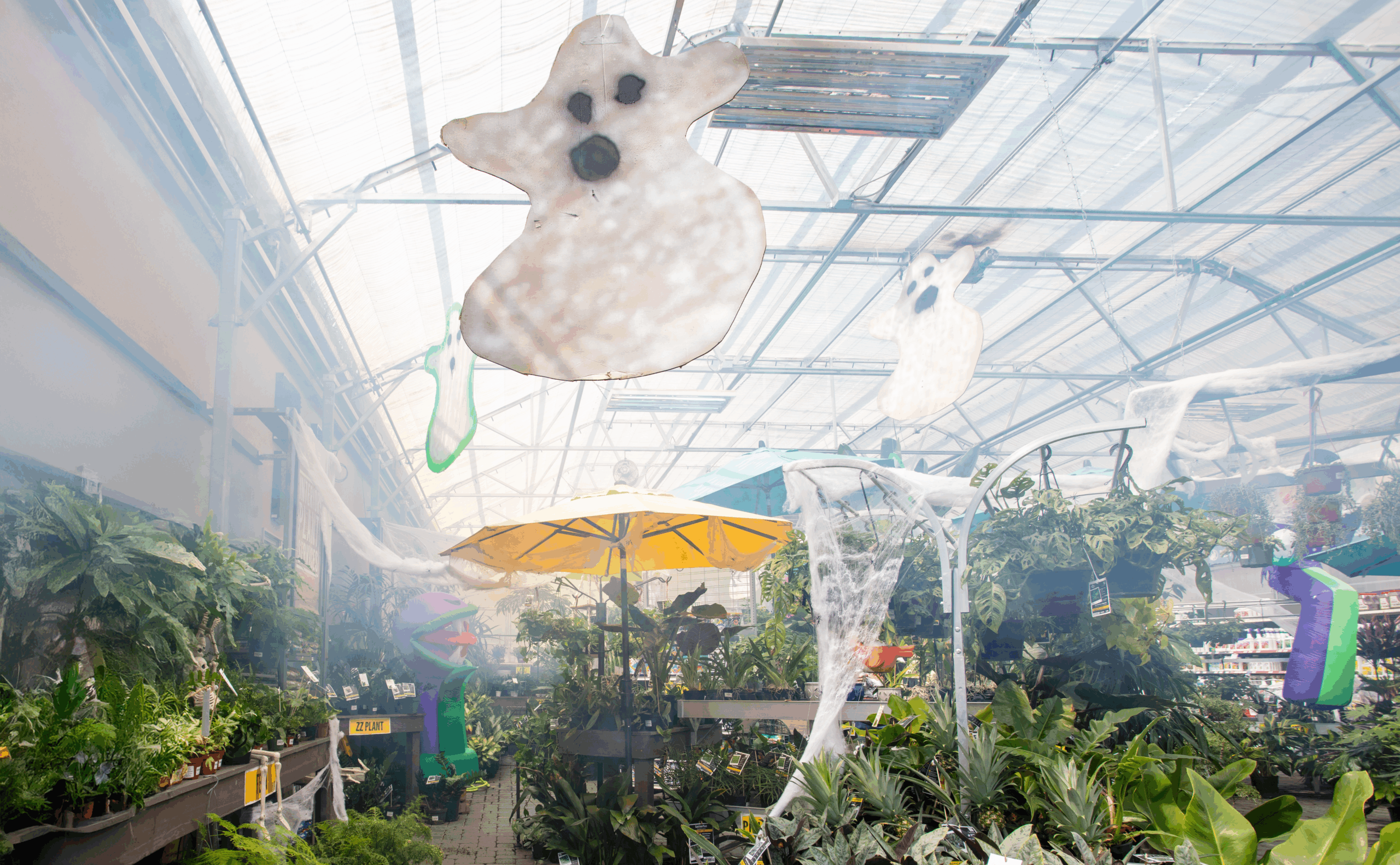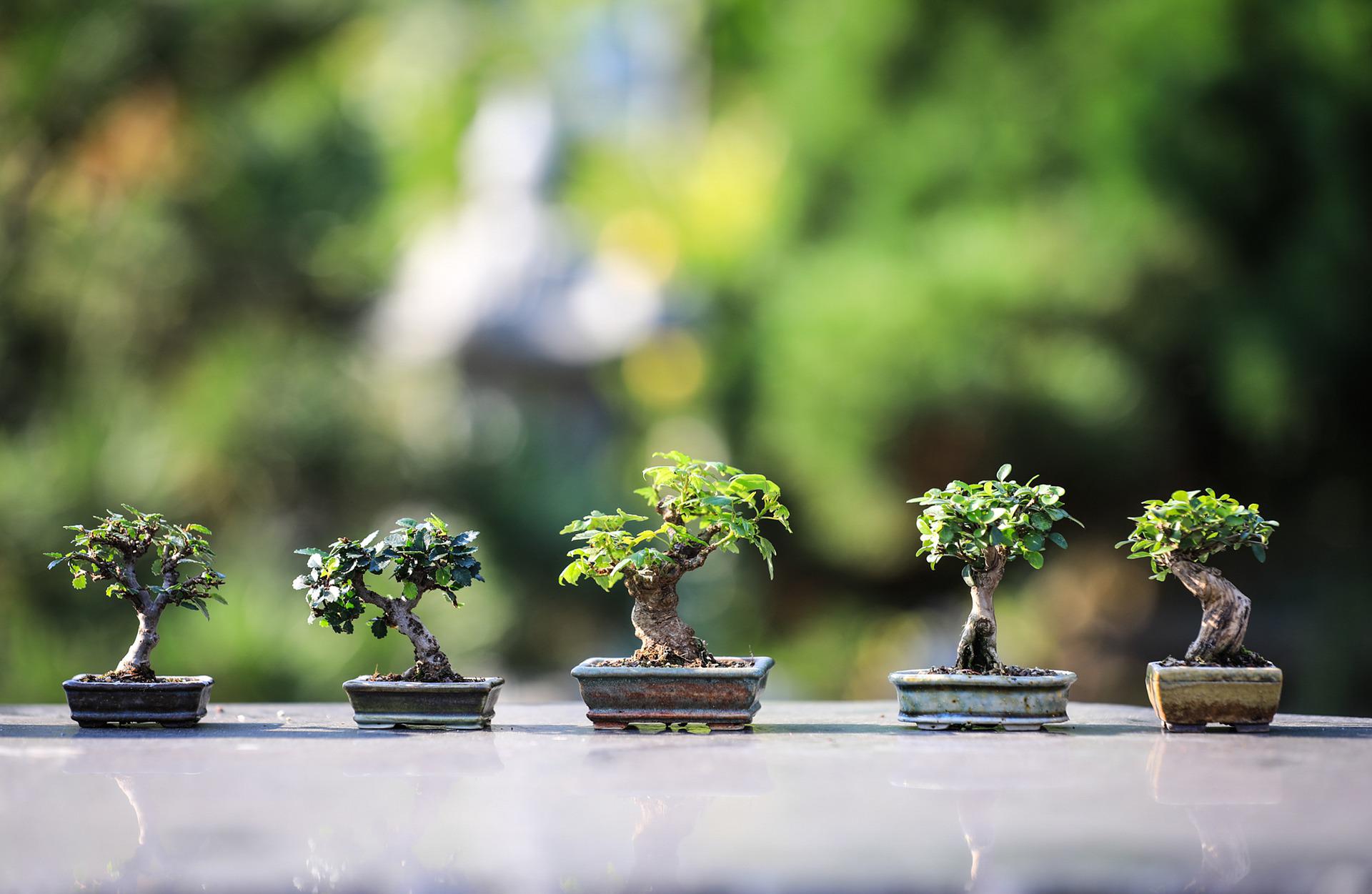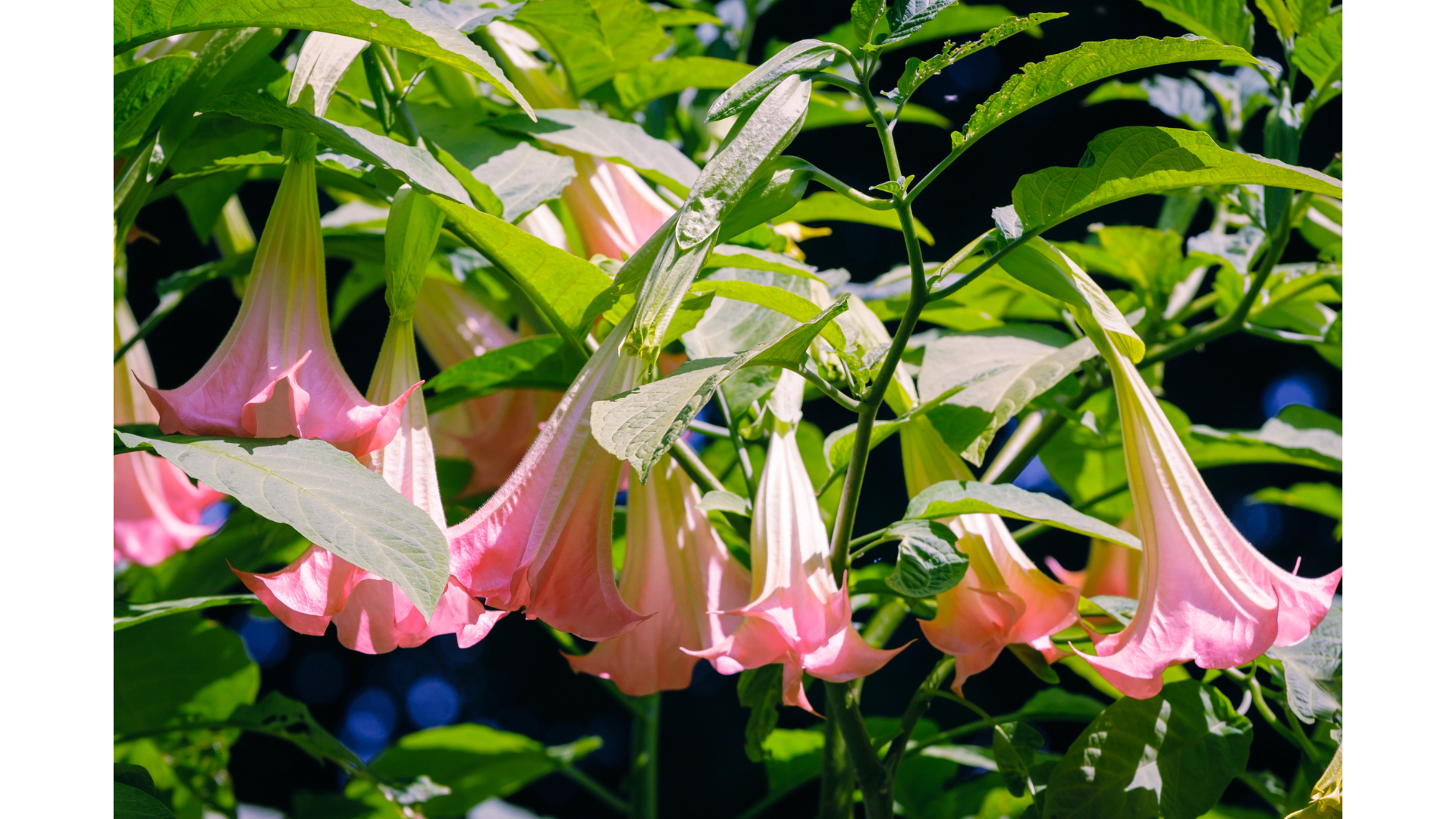Share
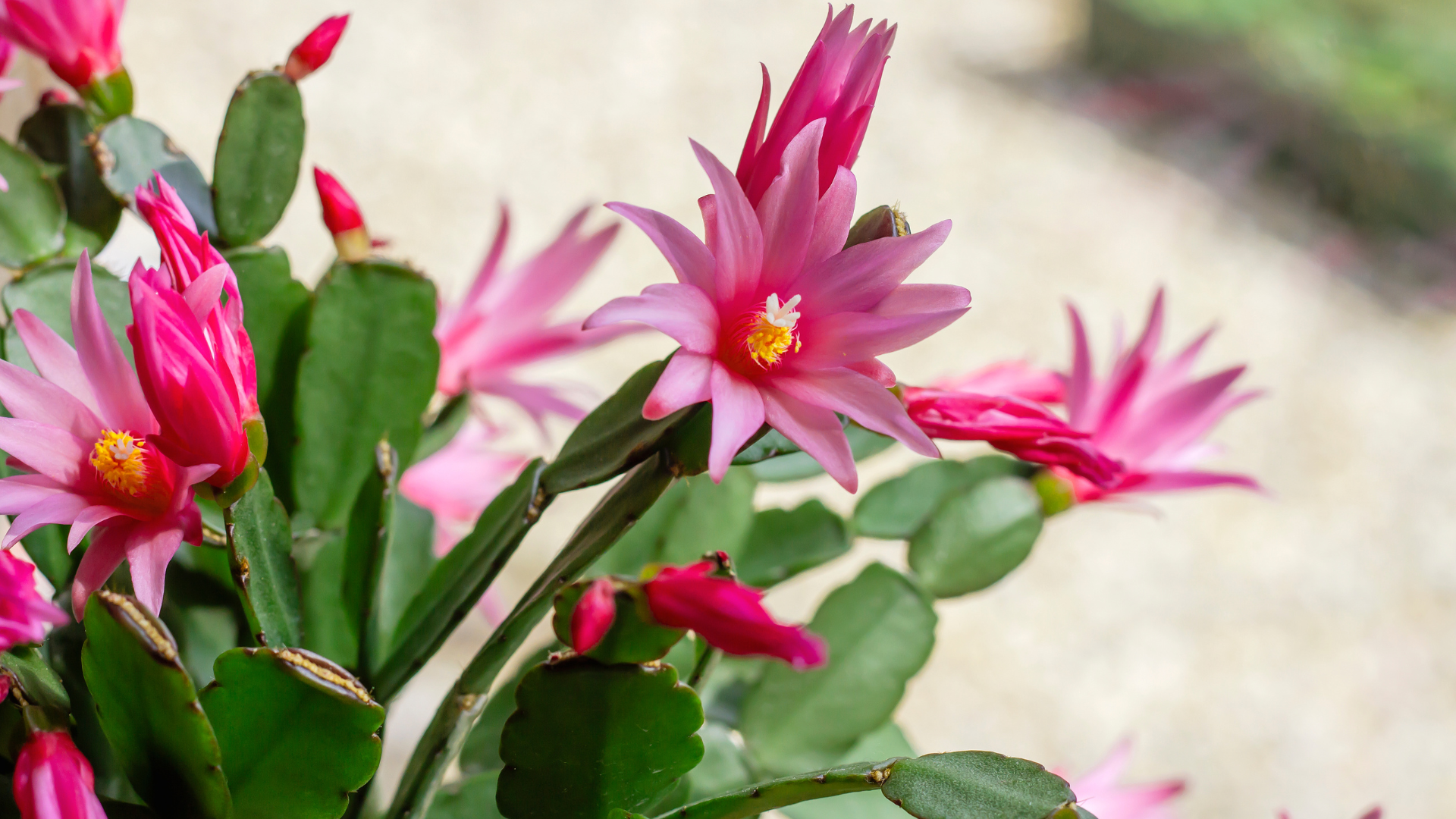
Easter Cactus
Rhipsalidopsis gaertneri, commonly known as Easter Cactus or Spring Cactus, is a stunning succulent that blooms in spring, adding a burst of color to indoor gardens. Native to Brazil, this plant belongs to the Rhipsalidopsis genus and is prized for its vibrant flowers and relatively easy care requirements. One of the things that makes Easter Cacti so special is their role as epiphytes in nature. This means that in their native jungle habitat, they do not require soil to grow their roots. They are similar to orchids and anthuriums in this manner – growing on the bark of trees – which is why their general care is so different from other true cacti species but they’re still low maintenance for most houseplant owners. Here’s everything you need to know to keep your Easter Cactus thriving and blooming to its fullest potential, along with how it differs from its holiday cactus cousins.
Care Tips for Rhipsalidopsis gaertneri:
- Light: Easter Cacti thrive in bright, indirect light. Avoid direct sunlight, especially during the hottest part of the day, as it can scorch the leaves.
- Temperature: Maintain a moderate temperature range, ideally between 60°F to 70°F (15°C to 21°C). Protect the plant from drafts and sudden temperature fluctuations.
- Watering: Water thoroughly when the top inch of soil feels dry to the touch. Ensure good drainage to prevent waterlogging, which can lead to root rot. Easter Cacti require more water than your other succulents do as they don’t store as much as true cacti, so make sure you check your soil frequently to make sure it isn’t drying out all the way (beyond the top 2 inches of soil).
- Humidity: Easter Cacti appreciate higher humidity levels, especially during the growing season. You can increase humidity with a humidifier or placing it on a humidity tray.
- Soil: Use a well-draining, slightly acidic soil mix. A mix formulated for cacti and succulents works well or we recommend using an indoor plant potting mix amended with Orchid Bark to further improve drainage and air flow for their roots. Using 1 part orchid bark to 2 parts potting soil – we recommend the EB Stone Indoor Potting Soil or G&B Blue Ribbon Blend – will give you the ideal chunky soil mix they love. Ensure the pot has drainage holes to prevent water accumulation.
- Fertilizing: Feed with a balanced, water-soluble fertilizer every 4-6 weeks during the growing season (spring and summer). Don’t forget to fertilize once your last blooms have dropped as well. A high phosphorus liquid fertilizer such as Fertilome African Violet liquid houseplant fertilizer is particularly well suited for these plants.
- Pruning: After blooming, prune lightly to maintain a compact shape and encourage new growth.
Blooming Tips:
- Light and Temperature: To encourage blooming, provide cooler temperatures (around 50°F to 55°F or 10°C to 13°C) and longer periods of darkness (about 12-14 hours) starting in late summer or early fall. This mimics its natural conditions and triggers bud formation.
- Timing: With proper care and the right conditions, Easter Cacti typically bloom in spring, around Easter time, hence their name.
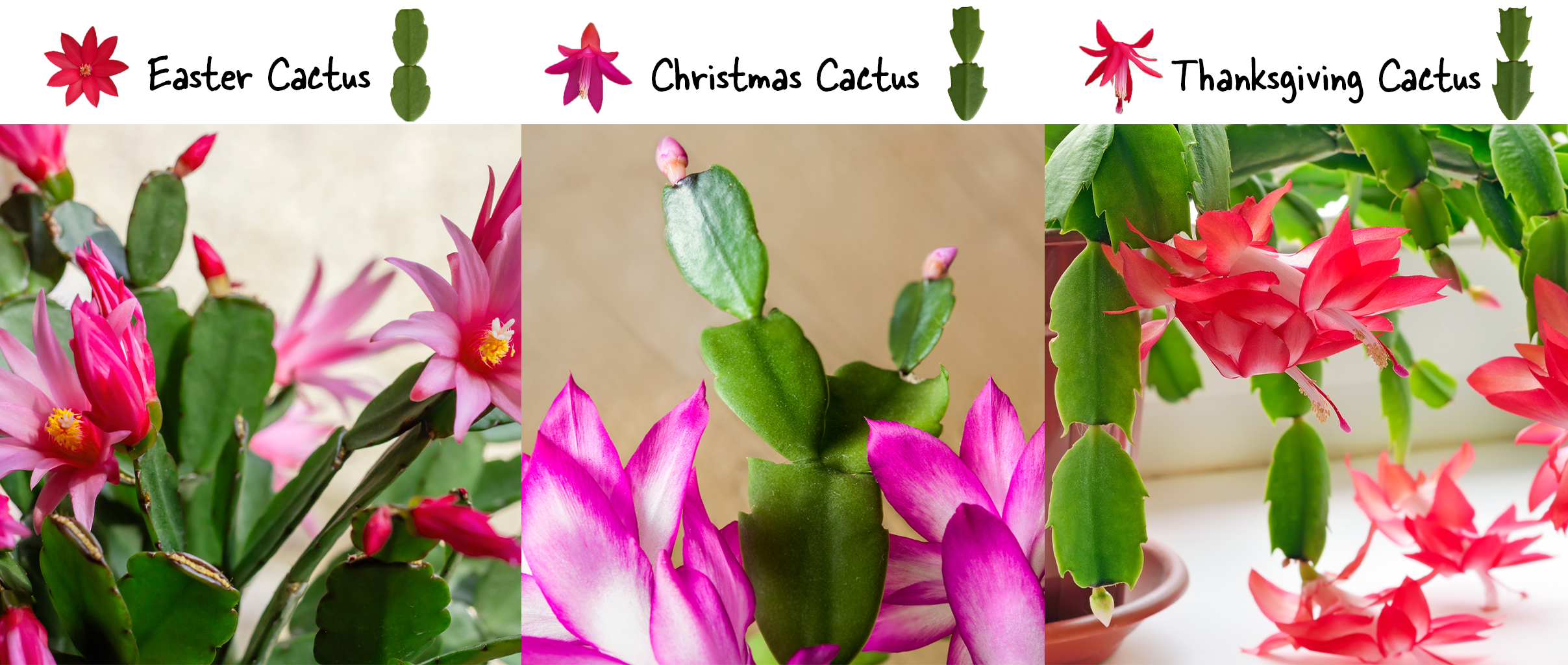
Comparison with Christmas Cactus and Thanksgiving Cactus:
- Blooming Time: Easter Cacti bloom in spring, usually around Easter, whereas Christmas Cacti (Schlumbergera bridgesii) bloom in winter, closer to Christmas, and Thanksgiving Cacti (Schlumbergera truncata) bloom in late fall, around Thanksgiving.
- Leaf Segments: Easter Cacti have rounded, scalloped leaf segments compared to the more jagged and toothed segments of Christmas and Thanksgiving Cacti.
- Bloom Characteristics: Easter Cacti tend to have more vibrant and varied flower colors, including shades of pink, red, purple, and sometimes white, compared to the predominantly pink or white blooms of Christmas and Thanksgiving Cacti.
- Care Differences: While all three cacti share similar care requirements, slight adjustments in light and temperature can optimize blooming according to their natural flowering seasons.
By understanding these care tips and differences, you can ensure your Rhipsalidopsis gaertneri thrives and blooms beautifully year after year. Whether you’re a beginner or seasoned succulent enthusiast, Easter Cacti are a delightful addition to any indoor garden, offering color and charm during the spring season.
Share
This Halloween season, Pyramid Way Moana Nursery is turning up the fright factor in a way you’ve never seen before.
Bonsai trees are more than miniature plants in decorative pots—they are living works of art that embody harmony, patience, and the deep relationship between nature and human craftsmanship.
With its dramatic, trumpet-shaped flowers and intoxicating fragrance, Angel's Trumpet (Brugmansia) can transform any garden. However, it's important to approach this beautiful plant with care.
Qui-Key is a simple, yet powerful irrigation tool that makes turning your irrigation system on or off a breeze. It’s especially useful when your valve tube is filled with debris or water.

